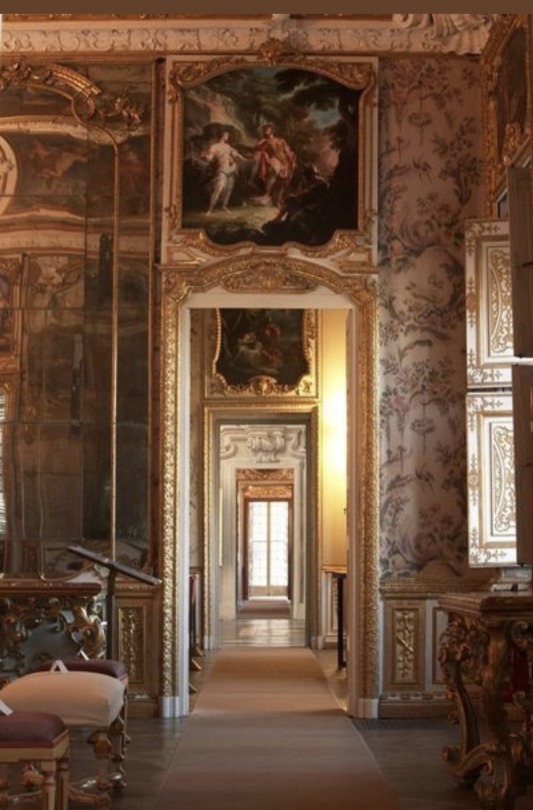Text
I just found this portrait on mutualart.com
This is labelled there as unknown lady! When it is clearly Mary I as princess. Pri.Agl. Agl like Angliae?-latin for England

It is definitely her cross pendant with three pearls hanging, clearly her face, and she also tended to hold her hands this way in many portraits.
But obviously this is a copy and it has some innacuracies, few addons as well. Especially shape of her black dress seems off, as if somebody decided to just make up shape of her torso from scratch.
This is how i would imagine it was meant to look like:

Perhaps with black cloth girdle, hidden around waist by hands.
Link to the webpage, where you can see it in HD:
https://www.mutualart.com/Artwork/PORTRAIT-OF-A-LADY/C822211B4025F85E
I looked further and italian webpage to do with same 2021 auction, has actually labelled it as RITRATTO DI MARIA I TUDOR.
Portrait of Mary I Tudor. I take it back, they know who it is!
I searched for Mary's portraits in Spain, Austria, Netherlands, USA...but Italy really nope...but that is my mistake. The assumption that portrait in 500 years couldnt travel to completely different part of Europe is simply unwise of me.
PS: Have you ever seen this one before, am i only one unaware of it?
23 notes
·
View notes
Text
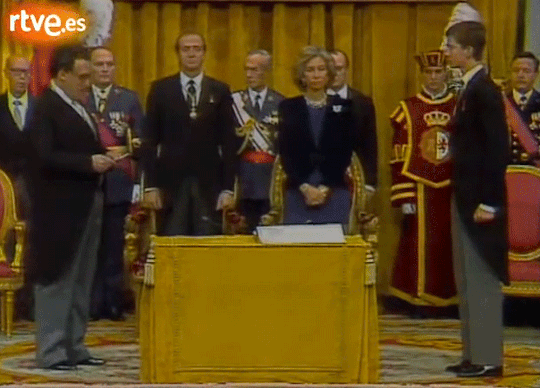


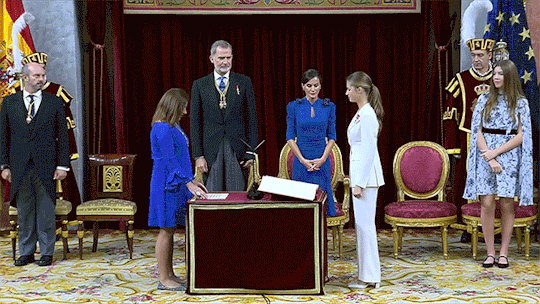










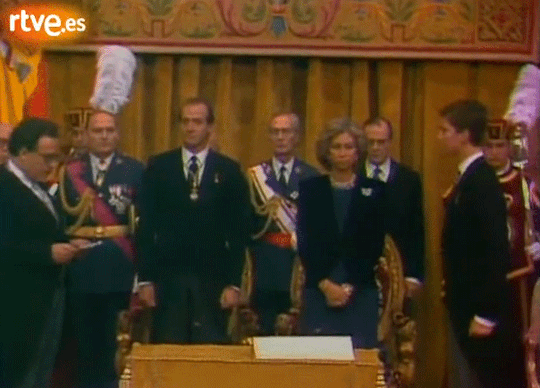
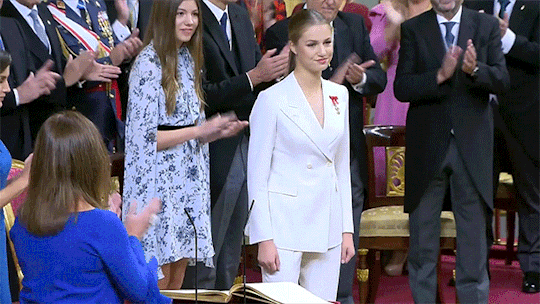
January 30, 1986 x October 31, 2023: Prince Felipe and Princess Leonor swear allegiance to the Spanish Constitution on their respective 18th birthdays
109 notes
·
View notes
Text




Princess Elisabeth, Princess Catharina-Amalia, Prince Christian and Princess Leonor making vows of service to their nations on their 18th birthdays
311 notes
·
View notes
Text
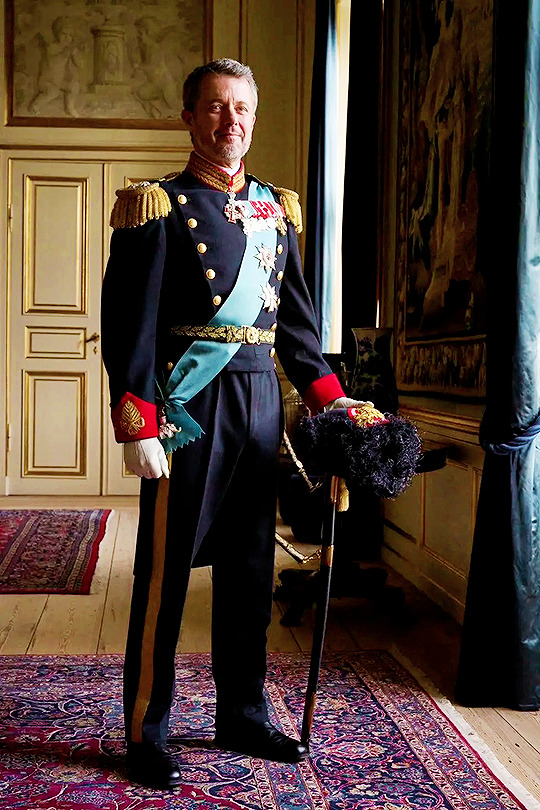
Danish Royal Family - A portrait of then Crown Prince Frederik of Denmark before he headed to Christiansborg Palace early to become King. (Photo taken by Dennis Stenild) | January 14, 2024
195 notes
·
View notes
Text
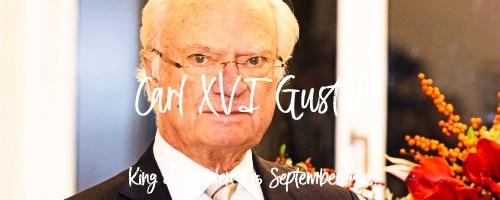
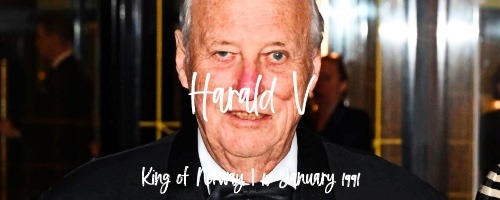

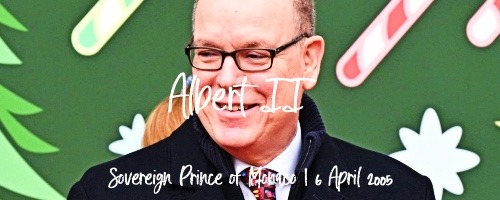
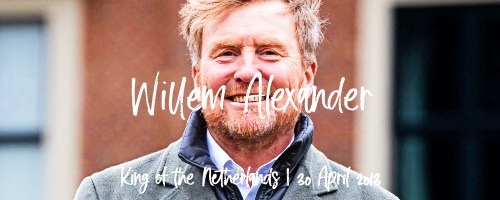
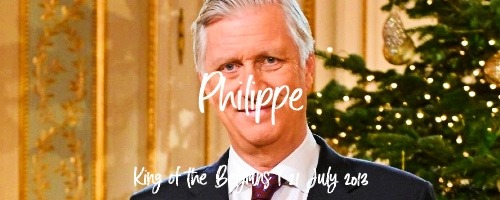
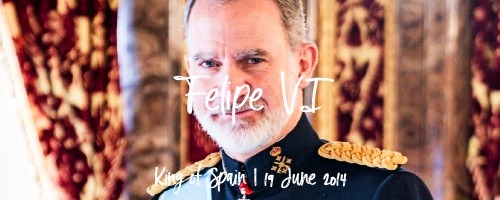

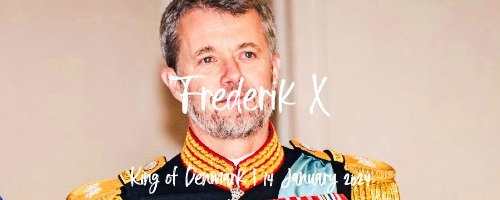
Monarchs of most of Europe (as of 14 January 2024)
122 notes
·
View notes
Note
Hi! Could you tell us about or show us the oldest tiara still in use in the royal collections? Thank you.
Ok, I’m going to try my best to identify the oldest tiara still in use by most of the current royal families but some of these are just my best guess because we don’t always know when a tiara was created. Here we go…
Belgium - circa 1925 - Queen Elisabeth of Belgium’s Diamond Bandeau Tiara
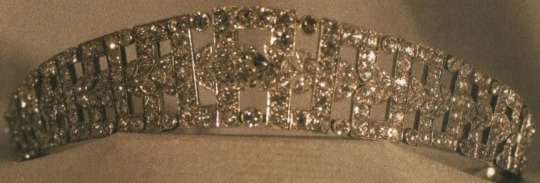
Denmark - circa 1804 - Queen Désirée of Sweden’s Ruby Parure Tiara (though the original set of hair ornaments weren’t turned into a tiara until much later)
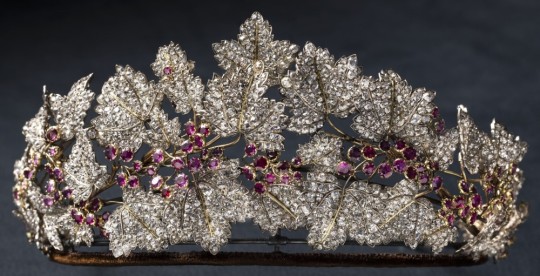
Japan - 1885 - Empress Shōken of Japan’s Meiji Scroll Tiara
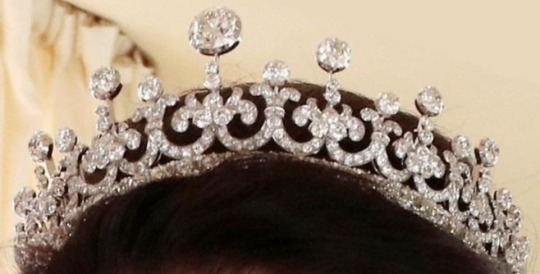
Jordan - sometime before 1955 - Queen Zein of Jordan’s Diamond Scroll tiara
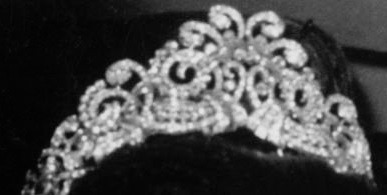
Liechtenstein - circa 1870 - Kinsky Honeysuckle Tiara

Luxembourg - early 1800s - Luxembourg Empire Tiara
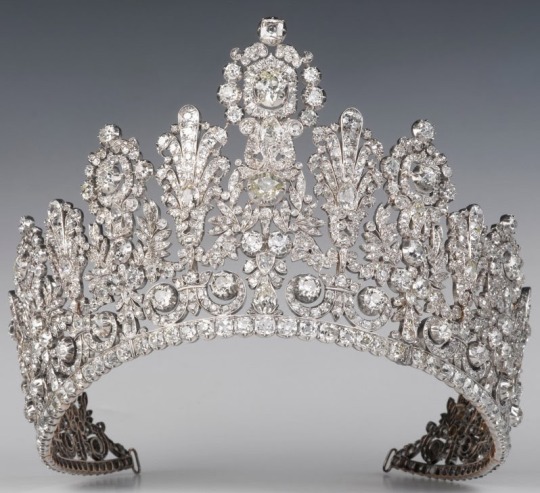
Monaco - 1949 - Princess Charlotte’s Pearl Drop Tiara

Netherlands - 1881 - Queen Emma of the Netherlands’s Sapphire Parure Tiara

Norway - early 1800s - Duchess of Leuchtenberg’s Emerald Parure Tiara

Spain - 1867 - Infanta Isabella of Spain’s Shell Tiara
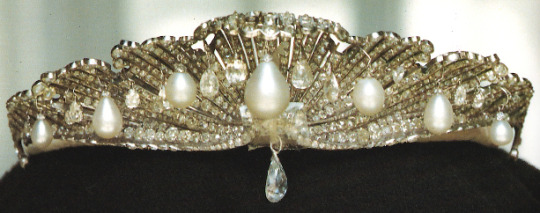
Sweden - 1809 - Empress Josephine of France’s Cameo Tiara
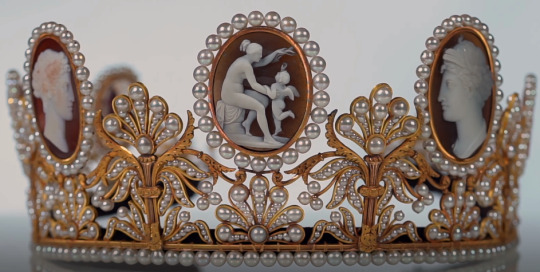
Thailand - late 1800s/early 1900s - Queen Saovabha Phongsri of Thailand’s Fringe Tiara
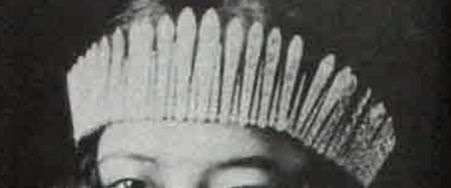
United Kingdom - 1820 - King George IV of the United Kingdom’s Diamond Diadem

The others I’m not sure which is their oldest tiara. For Brunei my best guess is the Crescent Star Tiara but the Diamond Flame Tiara is really the one that we have the earlies photos of it being worn. For Lesotho only the Fringe Tiara has been worn by multiple generations and the same with the Turquoise & Gold Bandeau in Bhutan. Morocco doesn’t really do generational sharing of tiaras so none of the ones currently being worn are very old. Princess Lalla Lamia’s daughter wore her star tiara but they’re not in the mainline of the family anymore. And I wouldn’t even know where to begin for all of the Malaysian royal families but maybe someday I’ll figure it out.
1K notes
·
View notes
Text


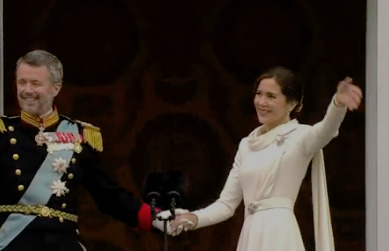
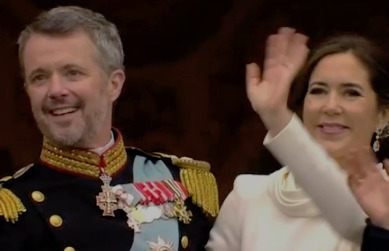


The new Royal Family of Denmark, 14 January 2024
128 notes
·
View notes
Note
I really love belle epoch style jewelry. Could you put up a post of tiaras from that era? Thank you!
I love it too. For me, Cartier’s garland style tiaras really epitomize La Belle Époque. Here are a few…
Countess of Essex’s Diamond Tiara

Mary Scott Townsend’s Diamond Tiara

Crown Princess Margaret of Sweden’s Khedive of Egypt Tiara
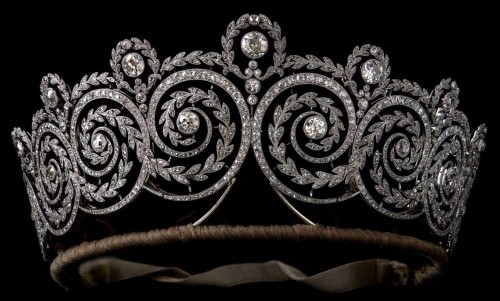
Queen Elisabeth of Belgium’s Diamond Scroll Tiara

Queen Victoria Eugenie of Spain’s Pearl & Diamond Tiara
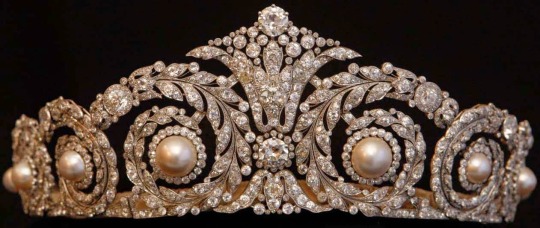
156 notes
·
View notes
Text



Queen Margrethe II signs her abdication during the Council of State at the Christiansborg Castle in Copenhagen | January 14, 2024
134 notes
·
View notes
Text
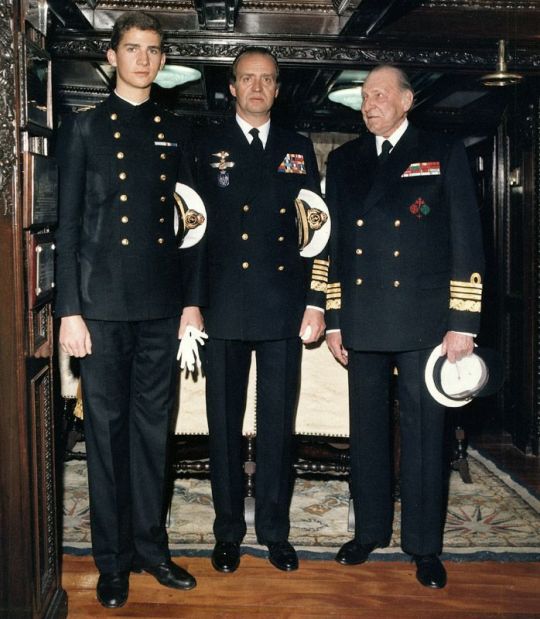
4 notes
·
View notes
Text
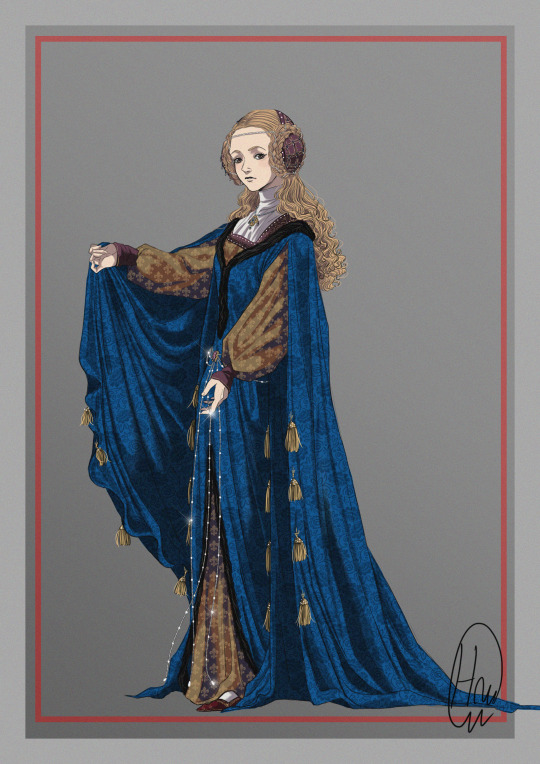
Elizabeth of York, fashion character design, c. 1472-1473.
The fleur-de-lys on the dress make me think of the moment when Elizabeth was engaged to Charles, the Dauphin of France.
572 notes
·
View notes
Text
King Felipe’s House
Most people call it “El pabellon del principe”, it was built in 2002, inside the complex of the Zarzuela Palace. It’s very big and it has a pool.
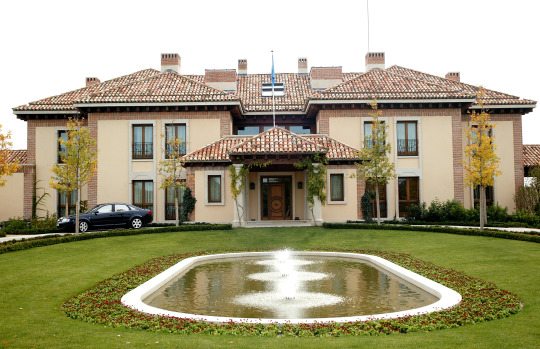

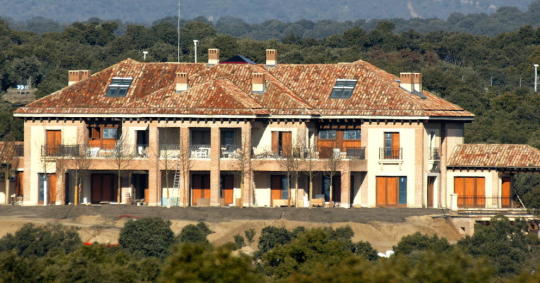
This last picture is of the back of the house, taken when it has still unfinished. Here’s one from the air:
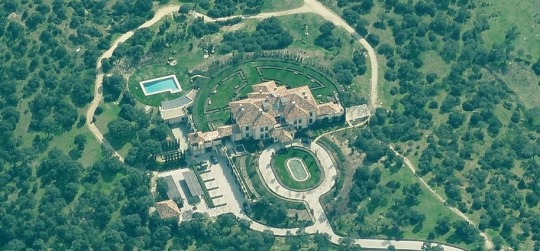
King Felipe and Queen Letizia have published some photos over the years that gives us a glimpse of the inside:




16 notes
·
View notes
Text
New Year Wishes from Princess Charlotte of Wales

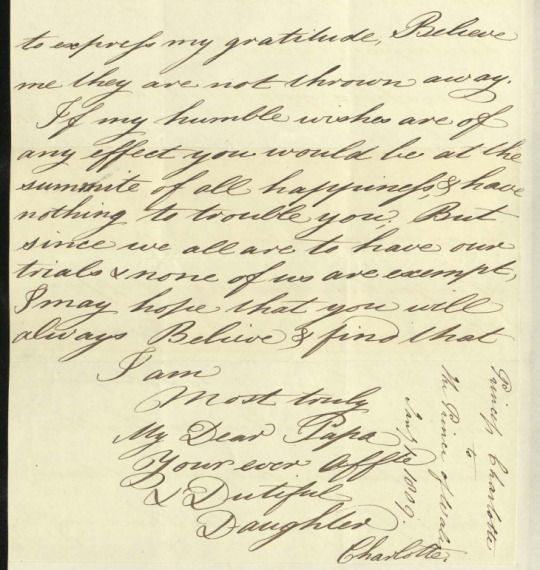
Jany: 1st: 1809
Dear Papa,
Tho’ I know how busy you are, yet I cannot help writing these few lines, to express all my wishes on this Day. May You live to see many happy new Years & may each be a new source of happiness to you, may I also prove some time or other worthy the kindness & indulgences I have received from you, & tho’ I have no opportunities to express my gratitude, Believe me they are not thrown away. If my humble wishes are of any effect you would be at the summit of all happiness, & have nothing to trouble you; But since we all are to have our trials & non of us are except, I may hope that you will always Believe & find that
I am
most truly,
My Dear Papa
Your ever affete.
& Dutiful
Daughter
Charlotte
GEO/MAIN/49590: Princess Charlotte of Wales to George, Prince of Wales, January 1, 1809 (12/28/2022)
53 notes
·
View notes
Photo
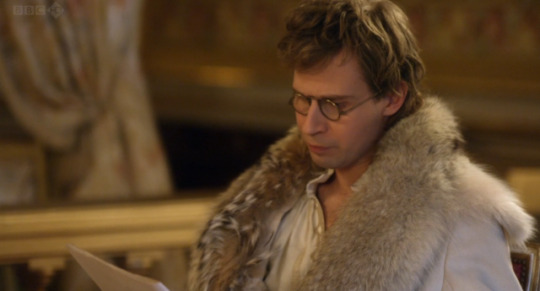


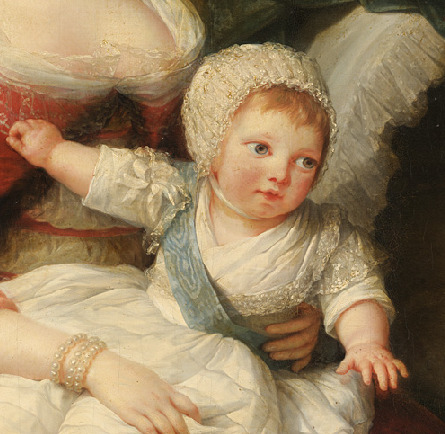
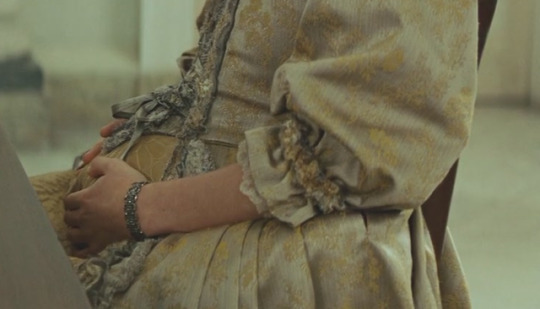
Every New Year’s Day Louis was accustomed to balance his books and personally take stock. On that day in 1786 he was aged thirty-one and had ruled France for eleven years. He had three children: Madame Royale (Mousseline la Serieuse), aged seven; the Dauphin, four, and the Duc de Normandie, nine months; and Antoinette was expecting a fourth child.
Louis and Antoinette - Vincent Cronin
148 notes
·
View notes
Text

23rd December 1761 saw the death of Alastair Ruadh MacDonnell, the government spy in the Jacobite camp known as “Pickle”.
Born in around 1725, the eldest son of John Macdonell (d. 1754), chief of Glengarry. He was brought up as a Catholic and sent to France while still a boy, where he later became a captain in Lord John Drummond’s Scots Royals regiment in 1743, when the French were planning to invade England under pretext of restoring the Stuarts, of which Jacobite clans like the Glengarry Macdonells were of course in favour. While in France, he met Charles Edward Stuart (‘Bonnie Prince Charlie’), who had arrived from Rome to join the expedition, and stayed with him in Paris after the French abandoned the idea of an invasion. He visited Scotland early in 1745, in order to sound out political feeling there, but returned to France to warn that clan chiefs would support a rising only if backed by French money and arms. Unfortunately, by the time he reached France, Charles had sailed for Scotland to begin the 1745 Jacobite rising.
That autumn, Glengarry sailed with the Scots Royals to join the Jacobite army, but his ship was captured by the British navy off Deal and he was imprisoned in the Tower of London. On his release in 1747 he returned to Paris, where he lived in severe poverty, unable to obtain any financial help from either Charles Stuart or his father James (‘the Old Pretender’). On the death of Donald Cameron of Lochiel, who had become Colonel of the Scots-French Albany regiment in France after his escape from Scotland, Glengarry applied to succeed him in the command, but was turned down.
By the end of 1749 he was living in London, still extremely poor, and secretly trying to obtain permission to settle in Britain. A few months later, however, he reappeared, plainly now in possession of ample funds, and it is generally believed that he had somehow managed to steal some of the Loch Arkaig Treasure, gold sent from Spain to support the Jacobite rising in 1746, which had arrived too late to be of any use and had been concealed for the use of Jacobite supporters. Glengarry was accused of forging James Stuart’s signature to obtain this money.
In the 19th century, Scottish historian Andrew Lang was able to show that Glengarry was in fact a British agent, operating under the code name ‘Pickle’, and that he had been largely responsible for the betrayal of the Jacobite Elibank plot in 1752 and the subsequent capture and execution of Dr Archibald Cameron, Lochiel’s brother, in 1753. The British government seems to have had Cameron executed on an old warrant instead of bringing him to trial in order to avoid exposing Glengarry. He continued to act as a spy until 1754, when his paymaster, Prime Minister Henry Pelham, died, and he succeeded as Glengarry chief on his father’s death in September of the same year. He never married, and on his death in Glengarry in 1761 was succeeded as chief by his nephew Donald.
It is likely that he was recruited as a spy during his imprisonment in the Tower of London, and that he accepted the job due to his poverty and a sense of disillusionment with the Stuarts. He may also have had a grudge against the Camerons, as his brother had been killed accidentally by a Cameron clansman at the battle of Falkirk. He was never exposed during his lifetime and his role as a spy was only revealed by Andrew Lang 150 years later, after extensive research.
13 notes
·
View notes
Text
Family of Queen Katherine: Lady Margaret, Countess of Oxford
Redrawn effigy of John de Vere, 13th Earl of Oxford and Lady Margaret before it was destroyed; original illustration was by Daniel King, Colne Priory Church, destroyed c. 1730.
Margaret Neville, Countess of Oxford (c.1443[1]-after 20 November 1506/1506[1][2]) was the daughter of Sir Richard Neville, 5th Earl of Salisbury and Lady Alice [Montague], suo jure 5th Countess of Salisbury [in her own…
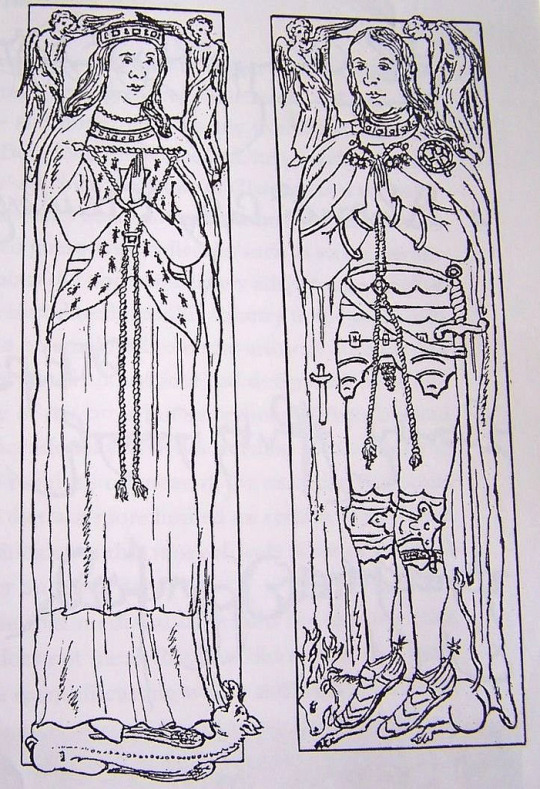
View On WordPress
1 note
·
View note
